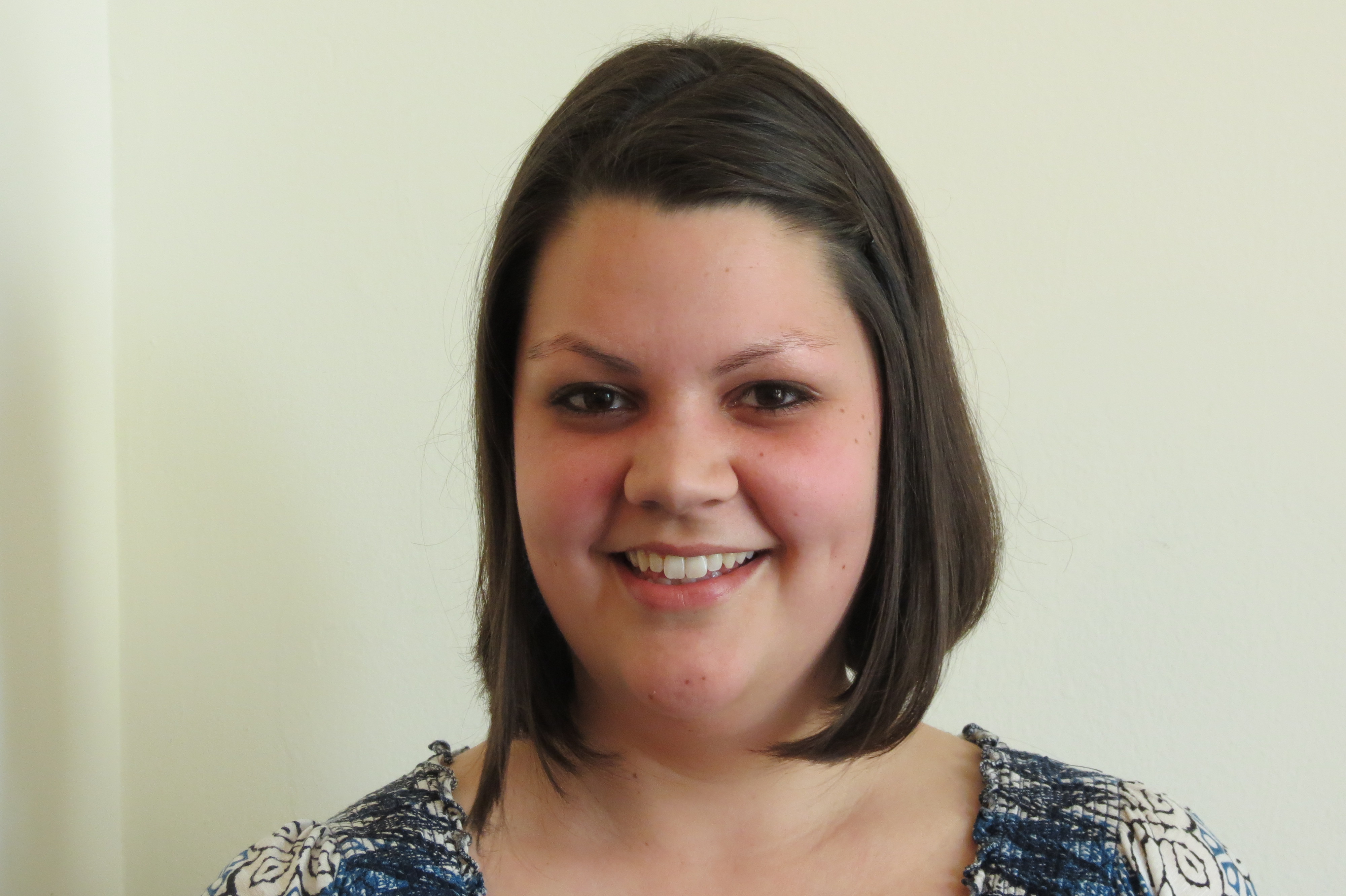Piecing a patchwork towards peace
The quilts were hung with care and pride at the front of the open-air pavilion where the graduation ceremony was to take place. The vivid colors and detailed piecework narrated the story of a community that was ripped apart and has worked their way back towards wholeness, piece by piece.
ceremony was to take place. The vivid colors and detailed piecework narrated the story of a community that was ripped apart and has worked their way back towards wholeness, piece by piece.
On one side, the quilt portrays a rather idyllic scene – children at play, animals, vegetation, and people going about their daily tasks. The opposite quilt stands in stark contrast. The mountain backdrop is similar, but one house is engulfed in flames; armed people in fatigues line the road and hostages lie face down on the soccer field. The scene is imbued with the chaos of the moment it commemorates–the day of the Pichilin massacre.
Many communities in Colombia, like Pichilin, have experienced the pain of massacres. One day their rural life is moving along as usual when suddenly it is thrown into chaos by an armed group. Sometimes it is in retaliation for something another armed group has done. Sometimes it is to hunt down community organizers or those who would resist the presence of these groups. Other times it is simply about territorial control.
The grinding, decades-long conflict in Colombia has led to the displacement of many communities, usually after violent incidents or threats from armed groups. Hundreds of communities bear the scars of this war and are longing for the day that it will come to an end. They anticipate, expect and hope for a future promise of peace and have been waiting for years.
Anticipation. Expectation. Hope. We relish these words and phrases during Advent. But there is a harsher side to this focused time of year. Restlessness, impatience, burdensome–the antithesis of feelings we want to associate with Advent, but a reality of the waiting nonetheless.
The lived experience of millions of Colombians offers a window into living Advent daily. They wait for what has not yet been fulfilled; restless and impatient, but neither passive nor inert. They are actively pursuing reparation for their communities, mobilizing for peace with justice, engaging the imperfect mechanisms of justice that exist while anticipating the changes to come after a peace accord is signed.
It took years before the people of Pichilin could talk about the traumatic experience of the massacres in their community. The quilting project was one component of working towards restoration. They have also been advocating for reparations from the Colombian government–a long and difficult procedure, but necessary for their grieving process. Quilting the agony and the joy has been part of their healing.
And isn’t this a painfully beautiful patchwork reminder of the waiting we are called to during Advent? We may be hopeful about the signing of a peace accord to end the conflict in Colombia, but our hope is tinged with frustration, grief, and pain at the current realities that must be dealt with before the final promise is fulfilled.
Signatures on a peace agreement will not automatically bring peace, so the groundwork must be laid now for the work of reconciliation and reparations to come. We must sew the pieces back together as best we can, working towards the future we envision. The annual Days of Prayer and Action for Colombia campaign in 2016 will provide an opportunity for solidarity with our sisters and brothers in Colombia. This Advent season is an invitation to continue to walk alongside Colombian communities sewing a tapestry of hope and resilience amidst the waiting.
Comments? Please use the comment section below.





